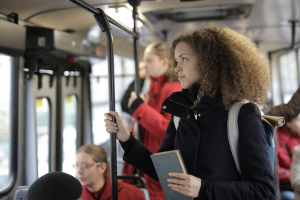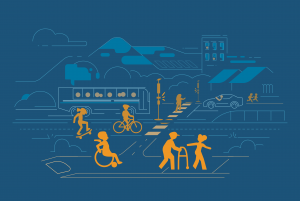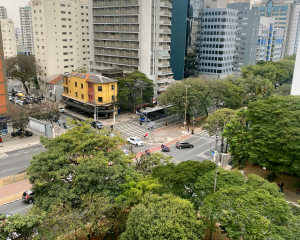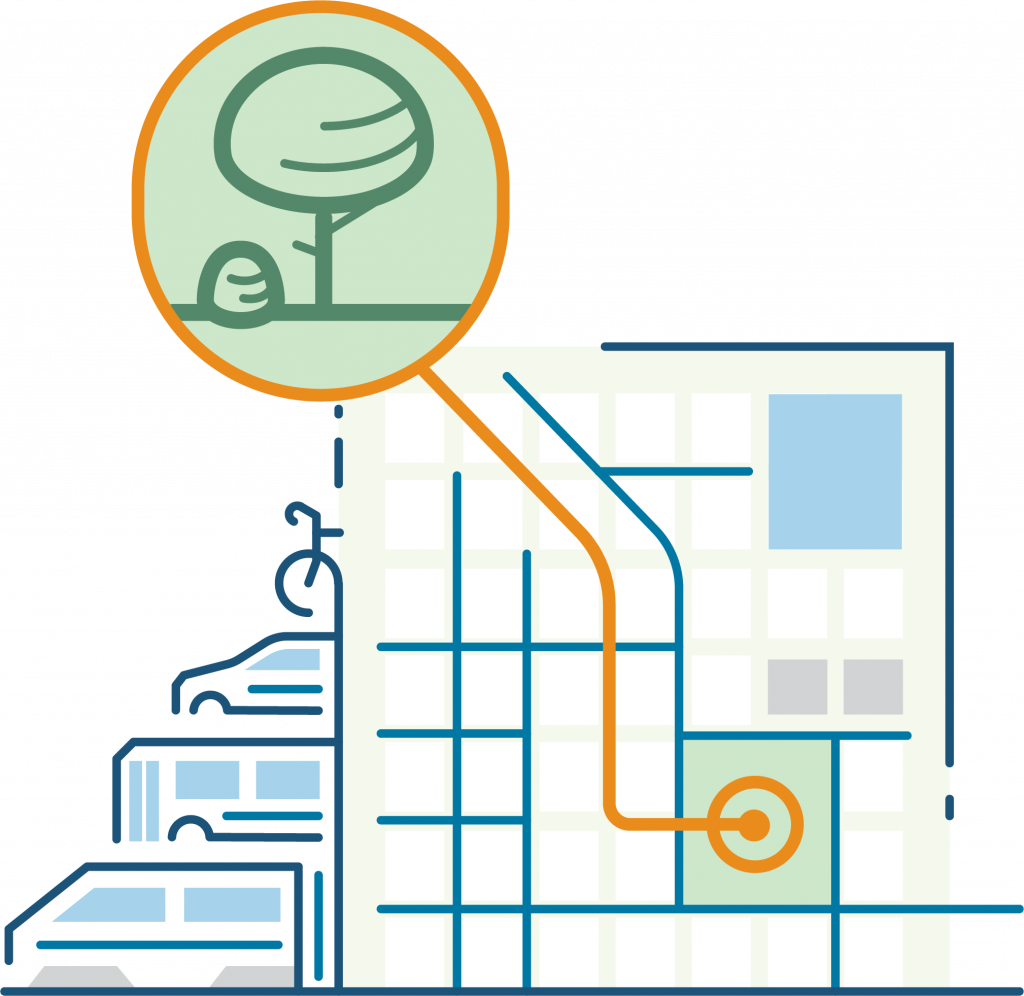
Parks, people, and public transit
July’s reminder to rethink transit and bring people together.
July being Parks and Recreation Month, and World Population Day set for today, July 11, might feel like separate calendar entries, but they both highlight a common truth: healthy communities need transit systems that connect residents and visitors to green space, community space, and each other.
Making space for everyone means getting everyone there
- Parks & Recreation Month celebrates our public green spaces, which are essential for health, mental wellness, and creating community.
- World Population Day reminds us our world is getting denser. The more people we have, the greater the demand for parks and access to them, especially as cities, towns and suburban areas get denser, and more housing is built. Not to mention the added cars on our roads.
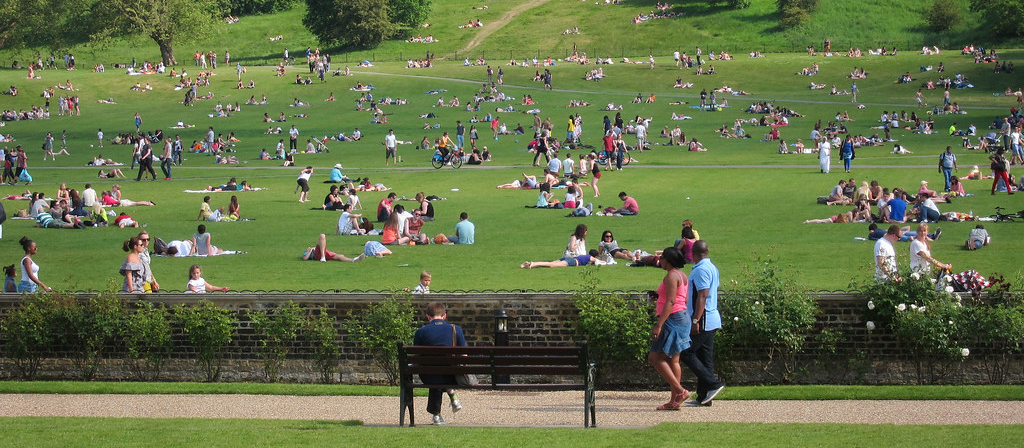
Urban areas are getting denser, hotter and more expensive. That means that people need green spaces to cool down, relax, recreate, gather and stay active. We discussed the importance of urban tree canopy in a previous blog: Keeping cool: The power of urban trees. This growing need for common outdoor spaces clashes with the reality of how people get around. In too many places, access to parks is a privilege determined by car ownership.
Most bus networks were built around work schedules. They’re great at shuttling people to 9–5 jobs. However, trips to parks and green spaces are often limited, especially during the weekend when many people have the most time for outdoor activities. During off-peak times transit routes may bypass them, stops can be sparse and schedules can be inconvenient.
Transit should serve all reasons we travel, not just the 9‑5 commute. That way, transit becomes a go-to option and not an afterthought, which will lead to more ridership. Even when a transit service passes near a park, there may not be a safe, walkable connection, such as sidewalks, crosswalks, or bike paths. That “last mile” matters. A stop half a mile away from a park on a high-speed road encounters a barrier, not an gateway.
Let’s build the connections
Some communities are leading the way. These steps can help others catch up.
- Map and prioritize transit to parks – Use data to measure how many transit trips go to parks and green spaces. Analyze and identify the gaps as well as the recommended connections. If we want people to use public transit, it needs to be available.
- Frequent, reliable routes all weekend – A park is most useful when transit makes it easy to reach, like a Saturday afternoon or Sunday morning without a long wait.
- Comfort and safety – Stops near parks need seating, shade, clear signage, lights and wayfinding information. Show riders and visitors how to get from the bus to the park and its amenities.
- Connect the dots: recreation facilities, trails and transit – A bus line that stops near a trailhead or recreation center doesn’t make a meaningful impact unless the last‑mile walk or bike is easy and safe. If there’s no sidewalk, no bike lane, or a dangerous intersection, you or your loved ones will likely avoid the danger. That’s a gap we need to close.
- Integrate with equity frameworks – Parks do more than beautify – they’re essential community infrastructure. Transit improvements should fix access disparities for low‑income and underserved neighborhoods ensuring access to parks and green spaces for all.
One example we like, with videos, comes from Atlanta.
Rethink the metrics
Our focus on bus service planning (see our previous blog Let’s Take the Bus) stresses shifting from commuter profit‑metrics to access‑metrics. That means including a broad range of destinations—shops, schools, clinics and parks—into route planning. Additionally, all‑day bus service plus good wayfinding makes transit feel like a viable choice, and not a second rate compromise.
Make it happen this summer
- Audit current routes: Identify where transit doesn’t connect natural and recreational spaces.
- Run community surveys: Ask people how and when they’d like to reach parks and green spaces – data is a fuel for guiding change. Some routes may have a higher interest than others, and/or need to be more frequent than others.
- Pilot new services: Plan and market weekend shuttles to local parks and recreation centers, or summer schedules when people might spend more time at the park. Follow up by tracking ridership and collecting feedback.
- Design park‑side transit: Stops with good shelters, signage, lightning and trail connections make people more confident during their journeys.
- Spread the word: Promote recreational transit, not just traditional commuter options. Talk about it at schools, send questionnaires to parents and open up channels for feedback.
Great parks need great transit
July brings two big reminders: Parks and public green spaces are public assets. Transit is a public infrastructure. They should work together, but right now, in many places they don’t. July’s observances aren’t just symbolic. Let’s use them as a call to action: if we want growing cities to remain livable and equitable, we need transit networks that get people to the places that improve their lives. That includes a shady trail on a Saturday morning.

Want to work with us? Feeling inspired?
Contact us at info@dcrdesign.net or checkout our social medias: LinkedIn, X and Instagram
For more information visit: The Power of Urban Trees, Lets take the bus, Atlanta beltline


